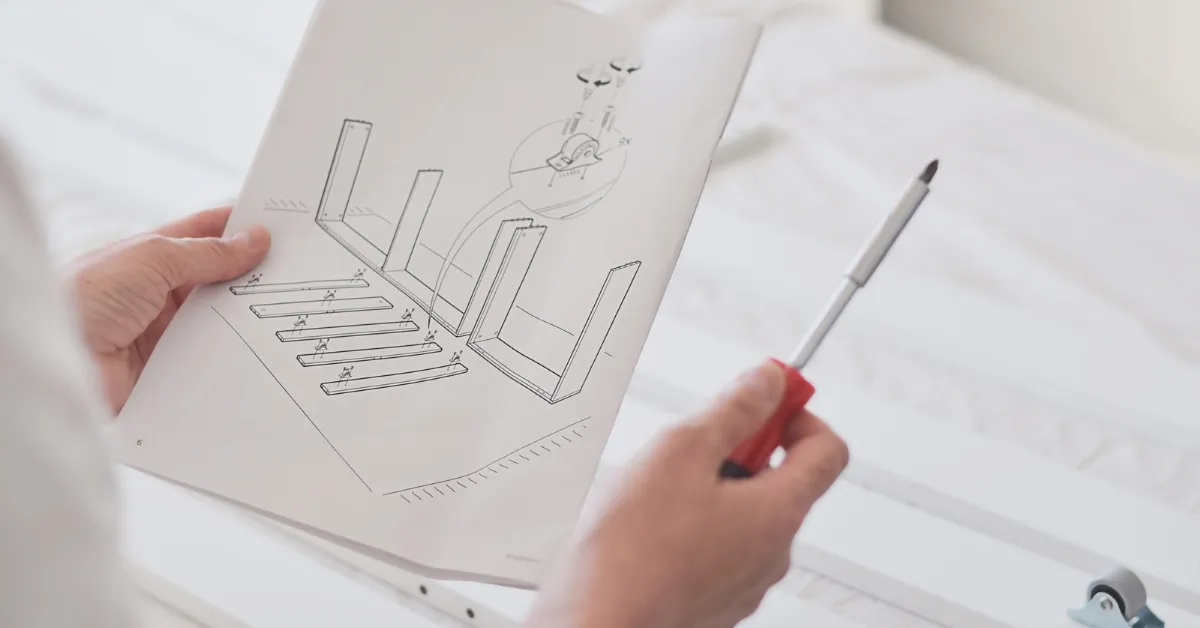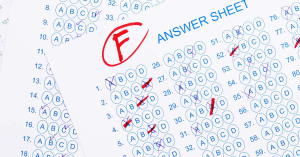Ever wondered why some instructions stick while others slip away? The secret lies in how our brains process different types of information, and it turns out, that combining visual and written instructions is like giving your brain a superpower boost for remembering things.
The Science Behind the Magic
Remember those times when you instantly grasped a concept through a simple diagram while pages of text left you puzzled? There's solid science behind this experience. Research from the MIT Media Lab shows that our brains process visuals 60,000 times faster than text. But here's the kicker – when we combine both, something extraordinary happens.
Richard Mayer's groundbreaking studies revealed that students using combined visual and written instructions demonstrated better problem-solving transfer compared to those who received single-channel instructions. This isn't just about better understanding – it's about transforming how our brains store and retrieve information.
The Neural Dance of Dual Processing
Here's where it gets interesting. When we encounter visual and written instructions simultaneously, we're not just processing information twice – we're creating a complex neural network of understanding. It is found that this dual processing leads to:
- Better recall after one week
- Improved application of learned concepts
- Faster problem-solving in related tasks
The Game-Changing "Visual Anchor" Effect
One of the most powerful phenomena researchers have uncovered is what they call the "visual anchor" effect. When we pair written instructions with visuals, the visual components act as mental bookmarks, making information retrieval almost effortless. Think of it as creating a mental GPS system for your knowledge.
Benefits of Visual and Written Instructions
- Enhanced Comprehension: Visuals provide immediate context that textual instructions often lack. For instance, when students are presented with diagrams or infographics alongside written explanations, they can grasp concepts more quickly and accurately. This is particularly beneficial for complicated subjects where abstract ideas can be difficult to visualize through text alone.
- Increased Engagement: Including visuals in instructional materials makes learning more engaging. Students are naturally drawn to images, colors, and videos, which can stimulate interest and motivation. A study found that visuals can improve learning by up to 400%, demonstrating their effectiveness in capturing attention and fostering a desire to learn.
- Improved Memory Retention: Visual aids enhance memory retention by anchoring concepts in the mind more firmly than text alone. When students visualize information—whether through charts, graphs, or images—they create mental "snapshots" that are easier to recall later. This is really useful in educational settings where students need to remember facts for tests or practical applications.
- Reduced Cognitive Load: Well-designed visual instructions help reduce cognitive load by simplifying complex tasks into manageable steps. When students have clear visuals to follow, they can focus on executing tasks rather than deciphering dense blocks of text. This clarity not only aids in understanding but also minimizes frustration and confusion.
The Digital Advantage
Modern technology has opened new doors for combining visual and written instructions. Interactive digital content that combines both elements leads to:
- Better engagement
- Improved long-term retention
- Faster skill acquisition
Practical Tips for Implementation
Start with the Big Picture
- Begin with an overview visual
- Follow with detailed written instructions
- Connect them with clear references
Use the "Chunk and Link" Method
- Break information into digestible pieces
- Create visual anchors for each chunk
- Link chunks with clear written transitions
Implement Active Recall
- Include practice exercises that reference both formats
- Create retrieval opportunities that mix visual and written elements
- Build connection points between different concepts
Conclusion
The integration of visual and written instructions is a powerful approach to enhancing retention among learners. By leveraging the brain's natural preference for visual stimuli alongside clear textual explanations, educators and parents can create a more effective learning environment. As we continue to explore better ways to communicate information, embracing these strategies will not only improve comprehension but also foster a lifelong love for learning.
Investing time in developing high-quality instructional materials today will pay dividends in student engagement and success tomorrow by empowering our children with the skills they need to thrive in an increasingly complex world.






